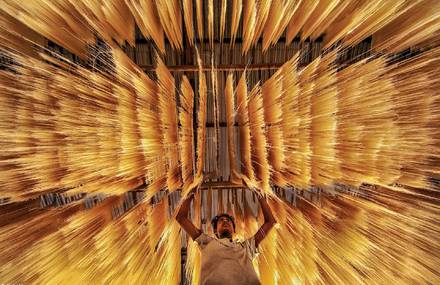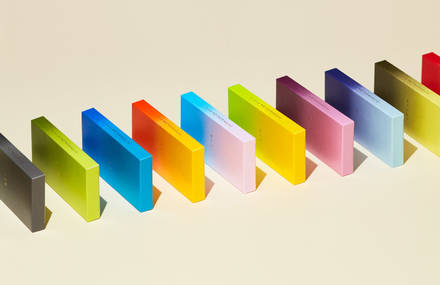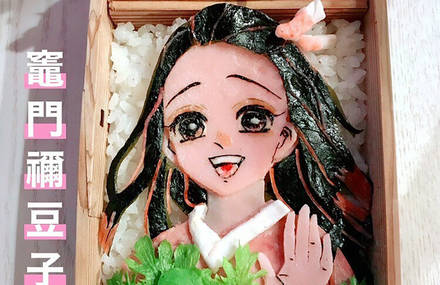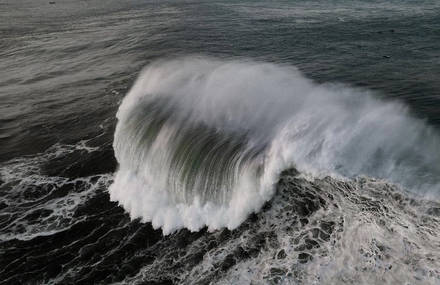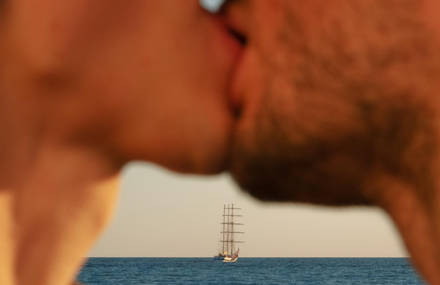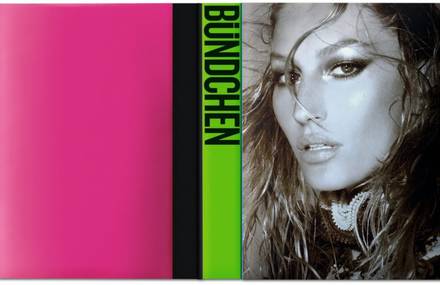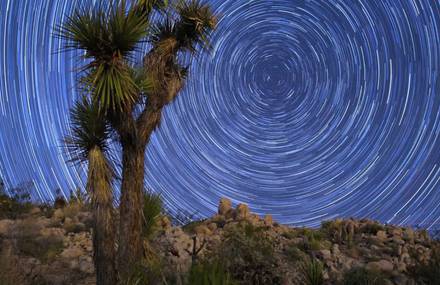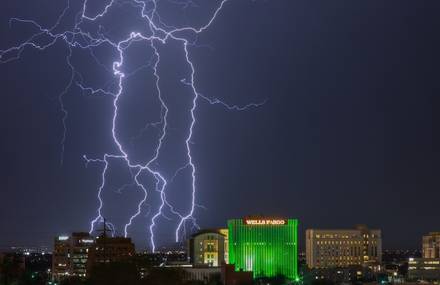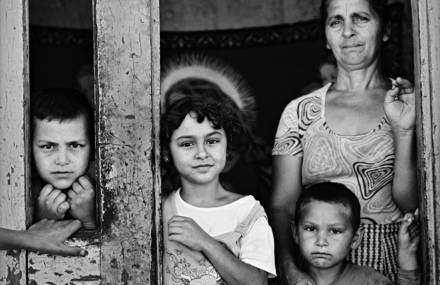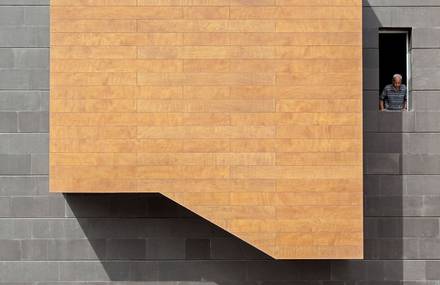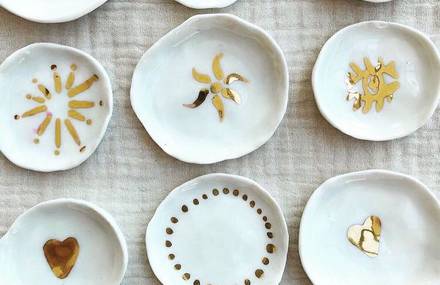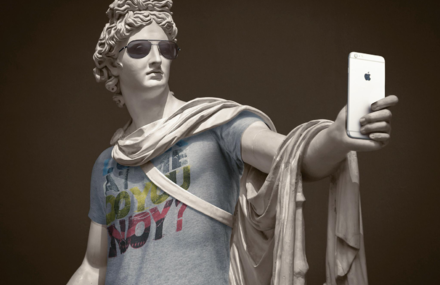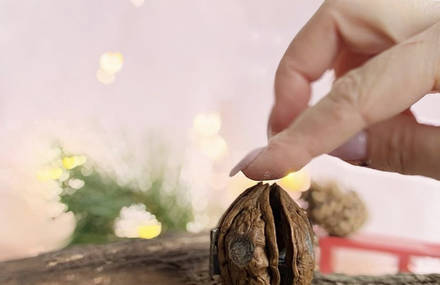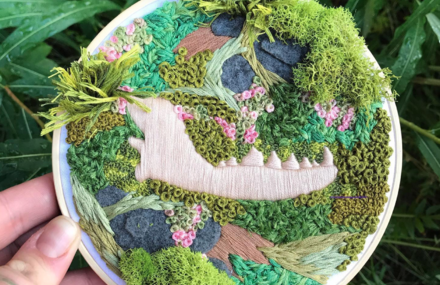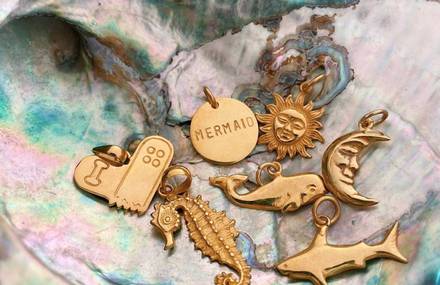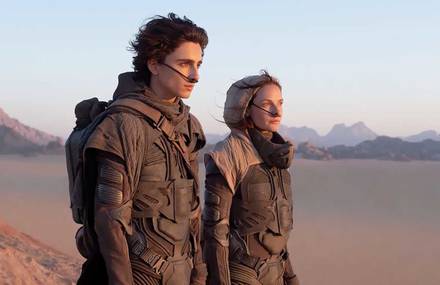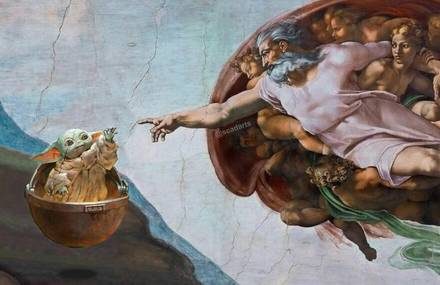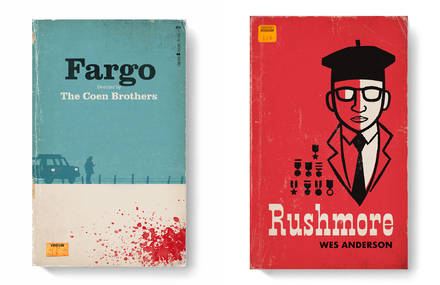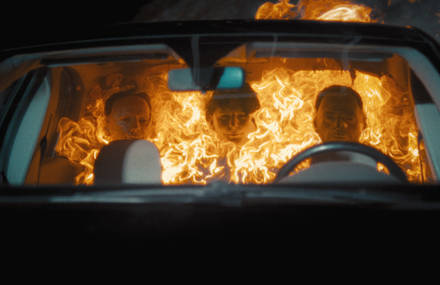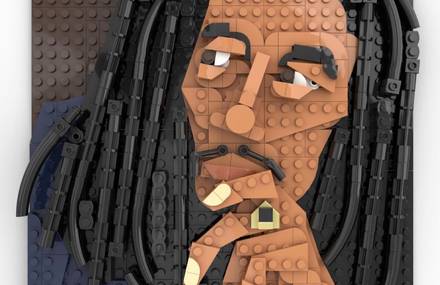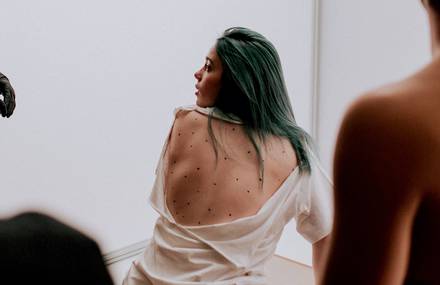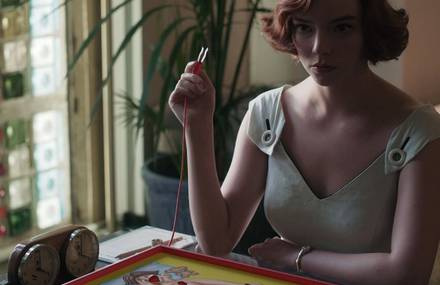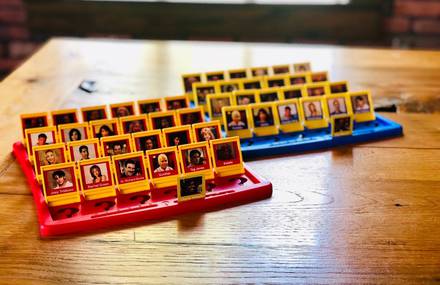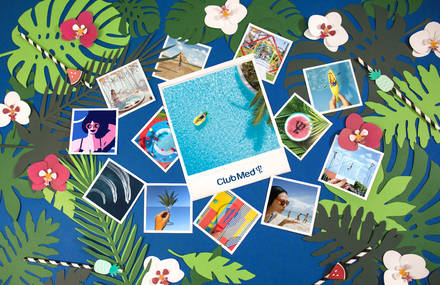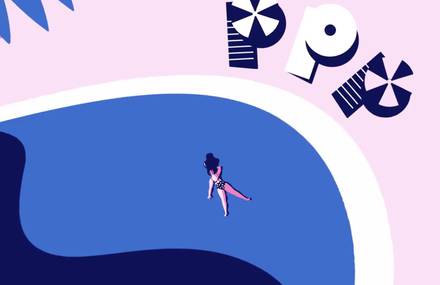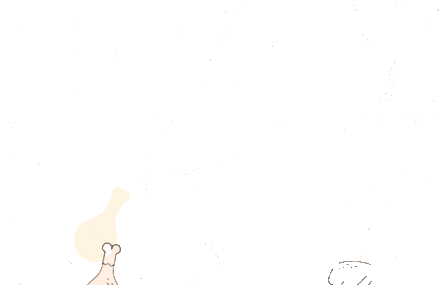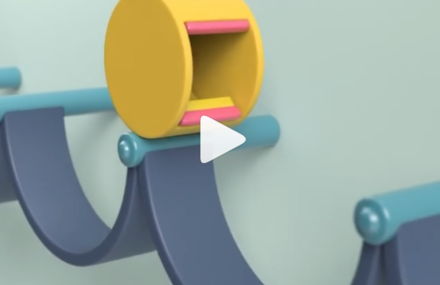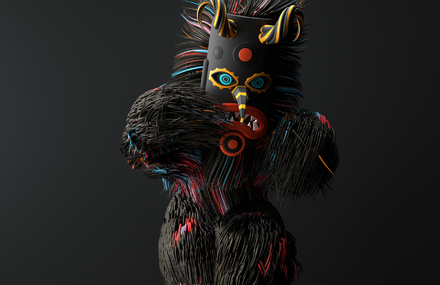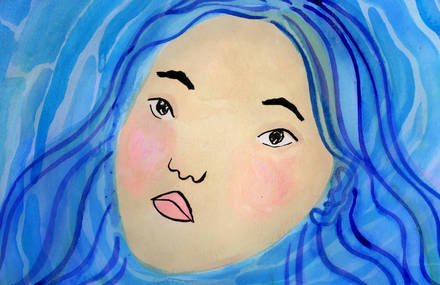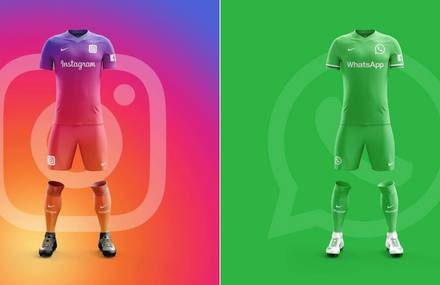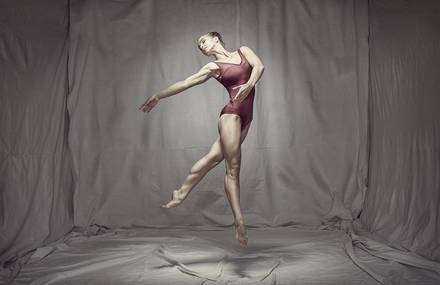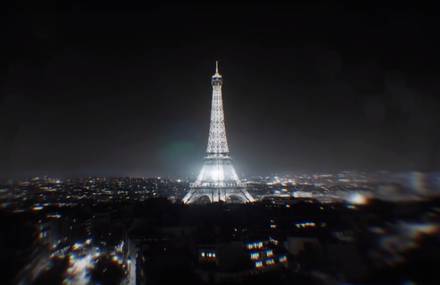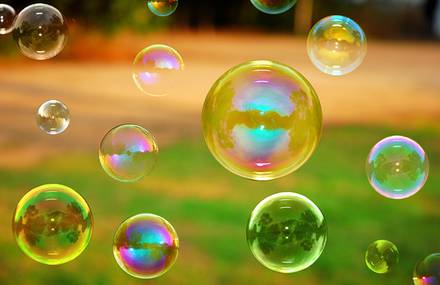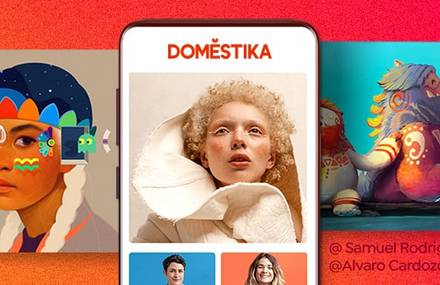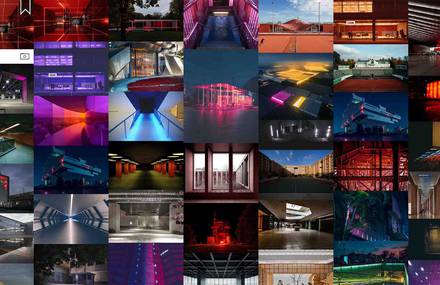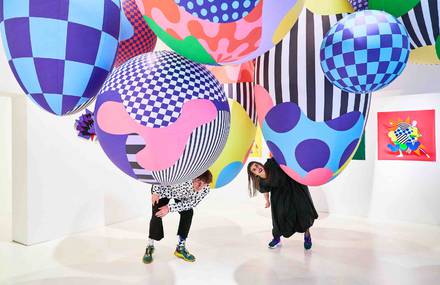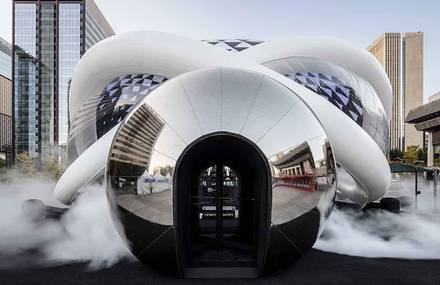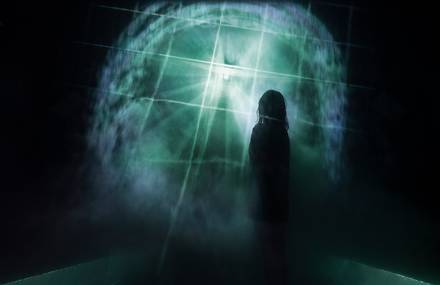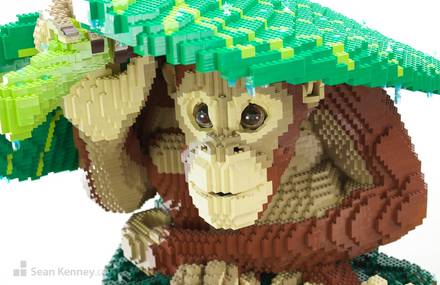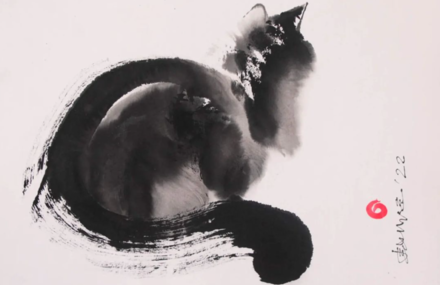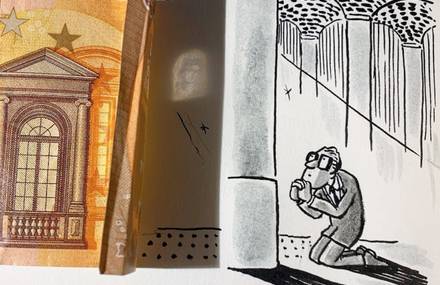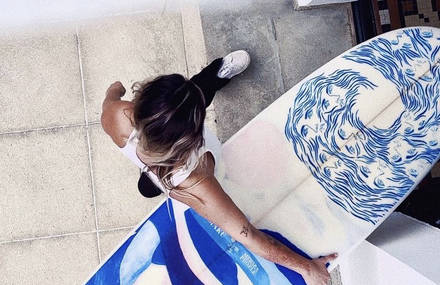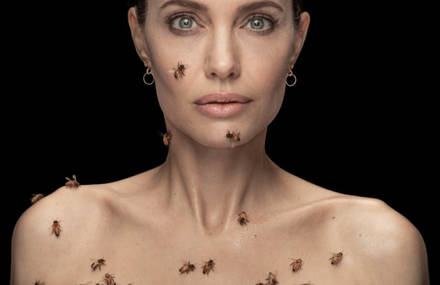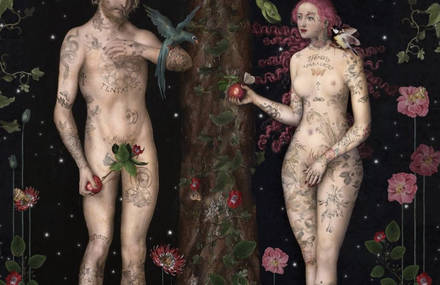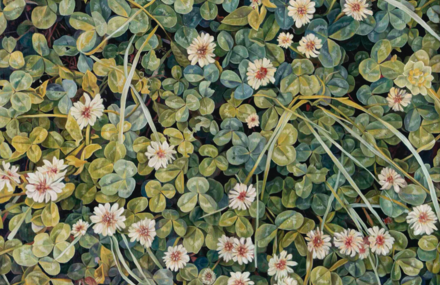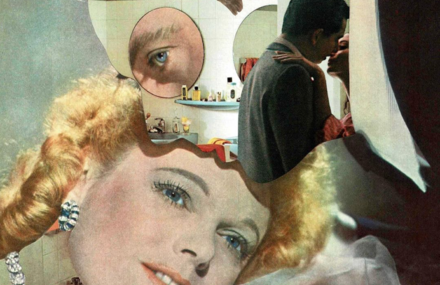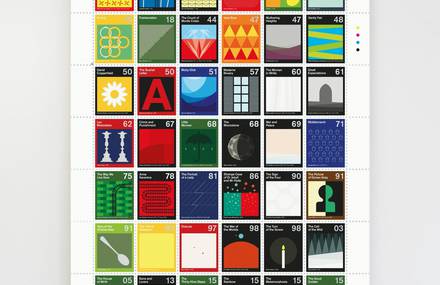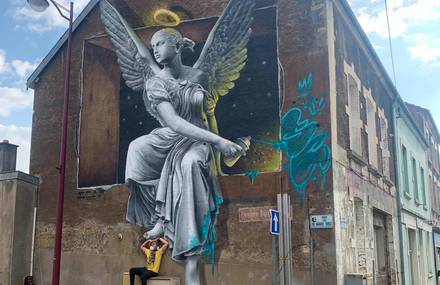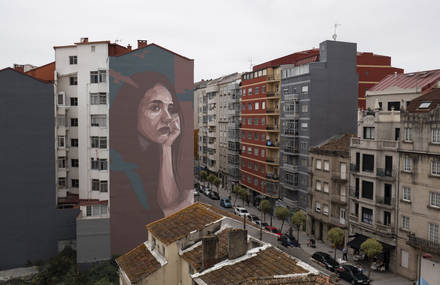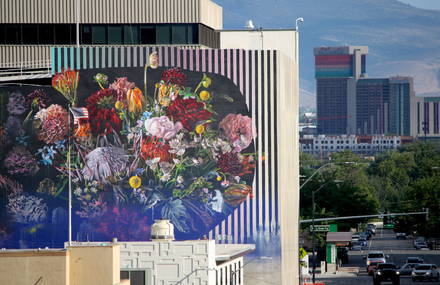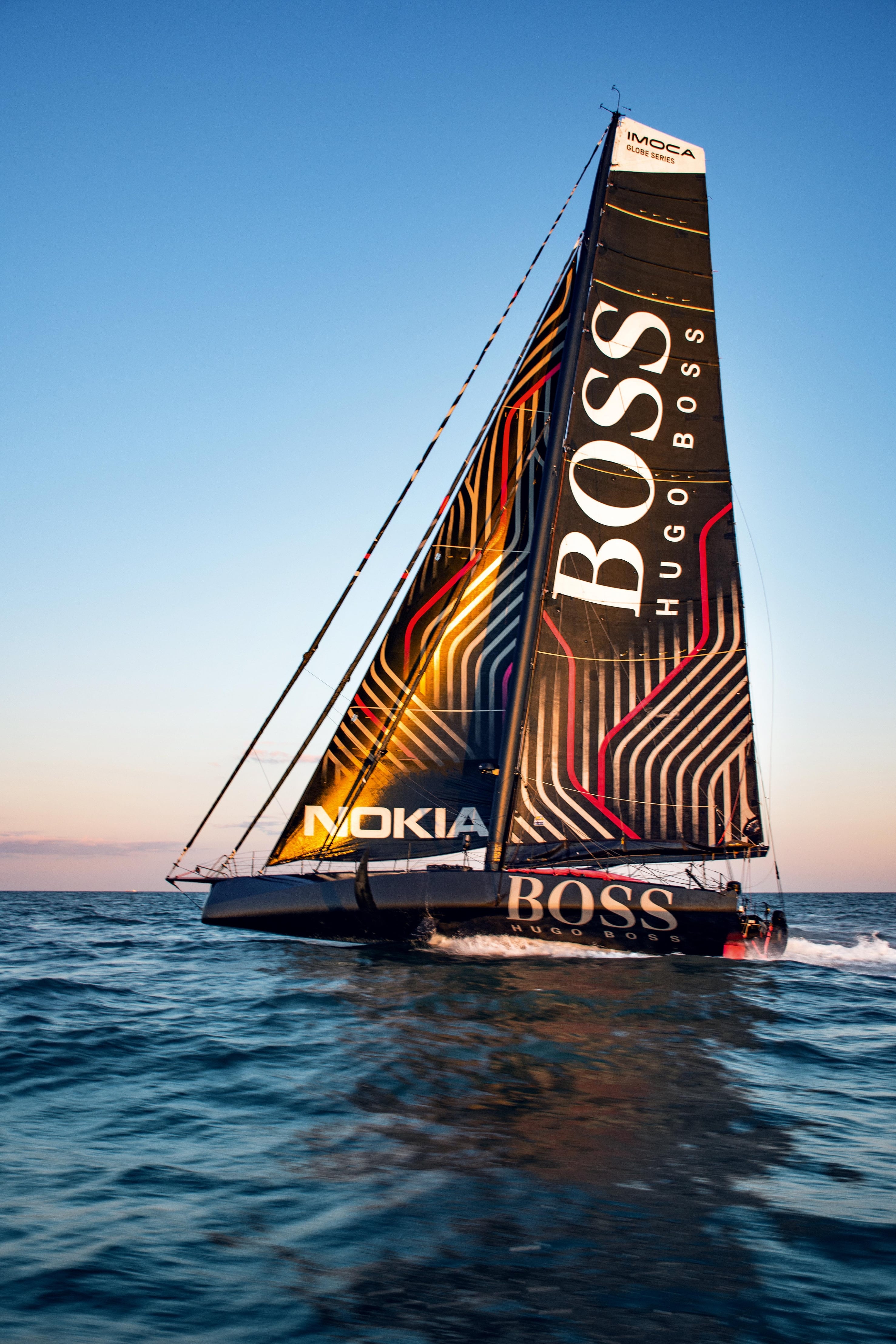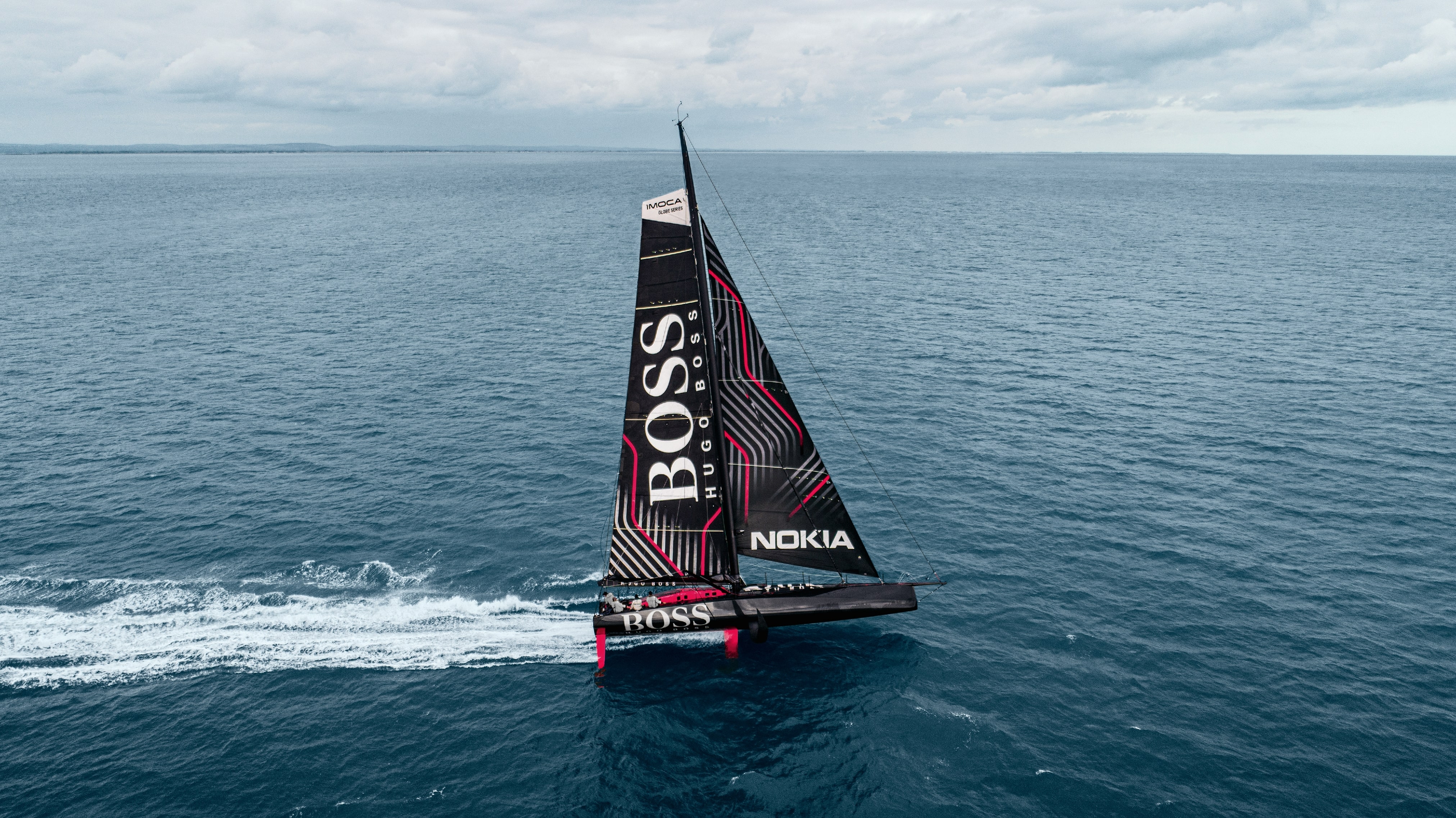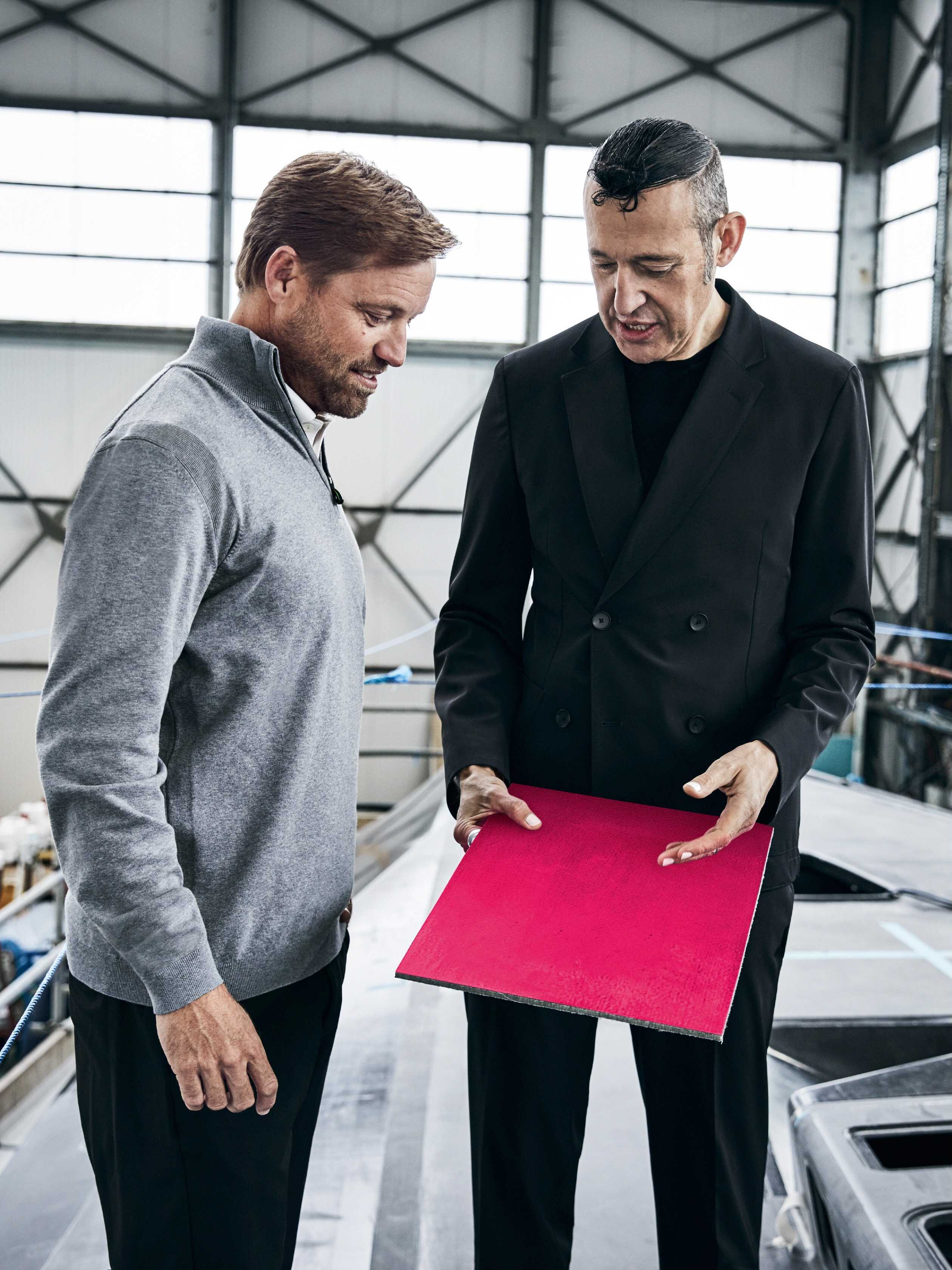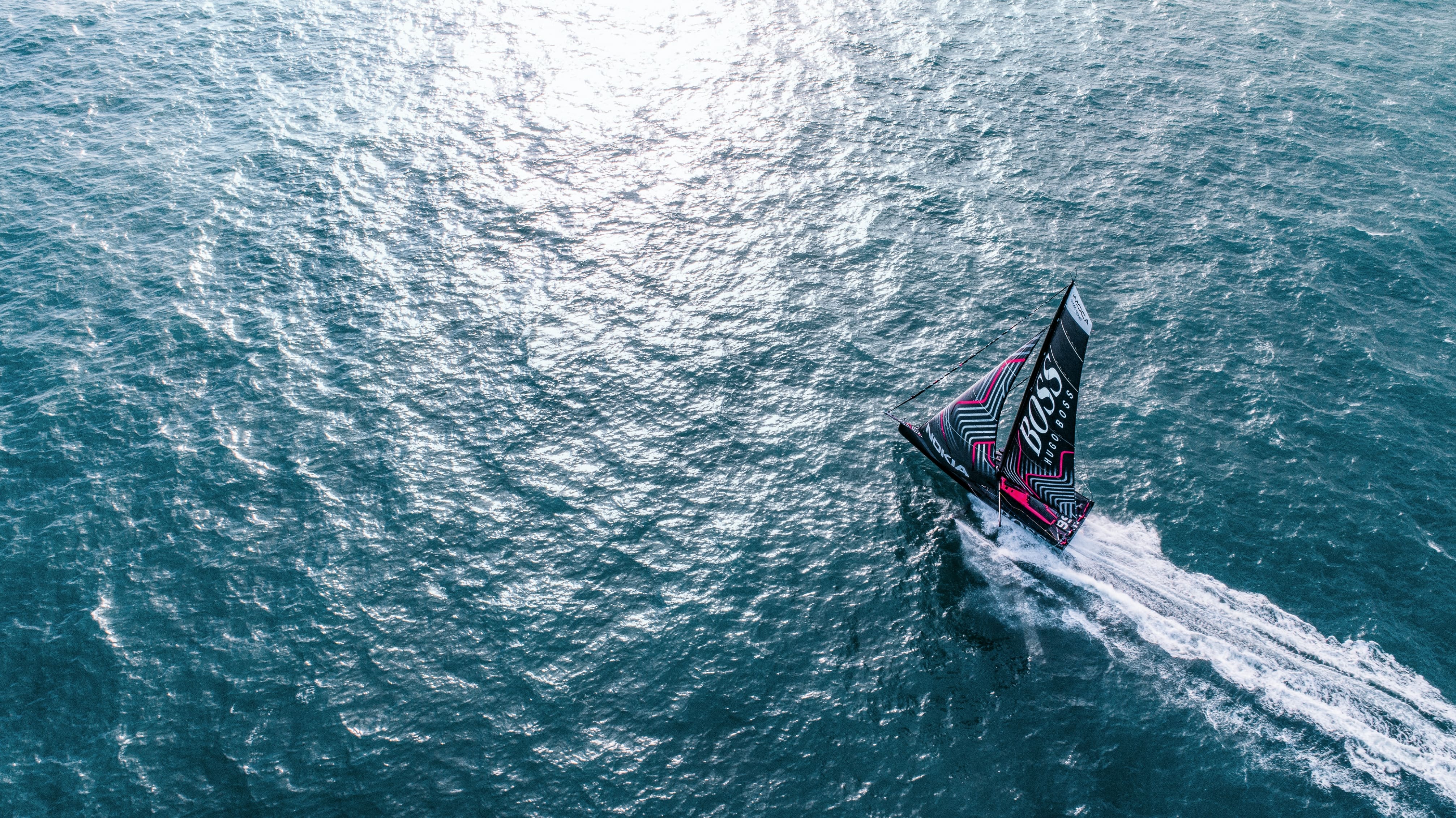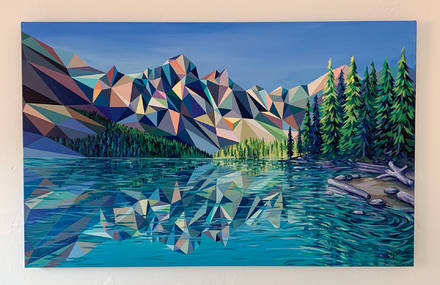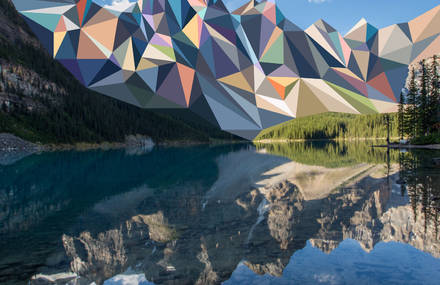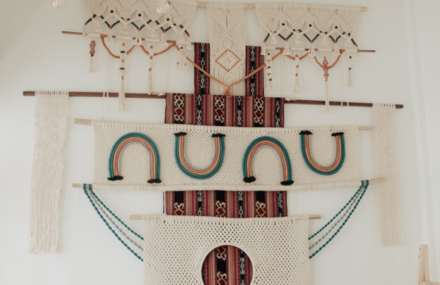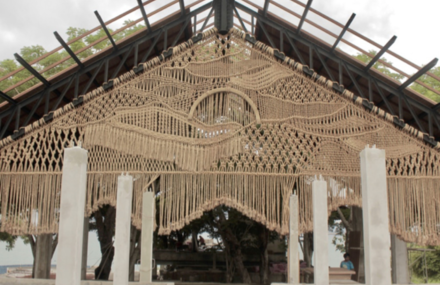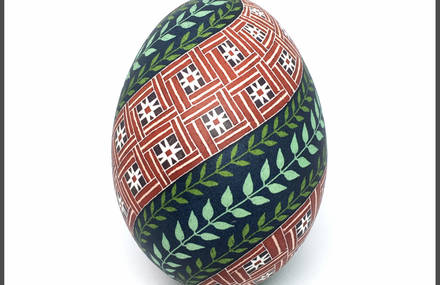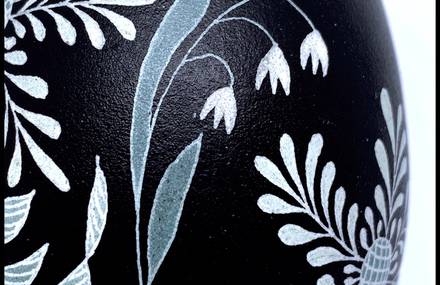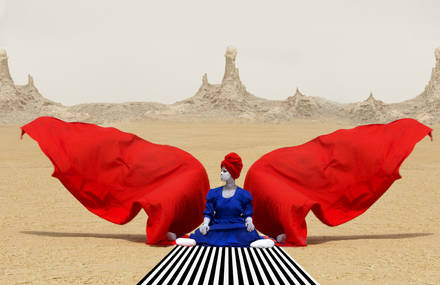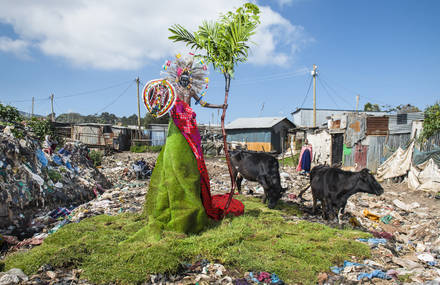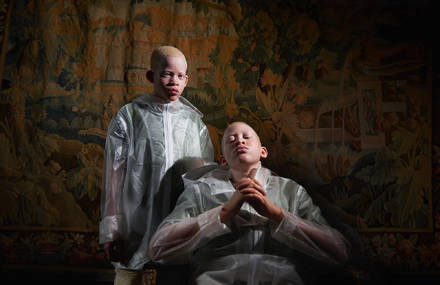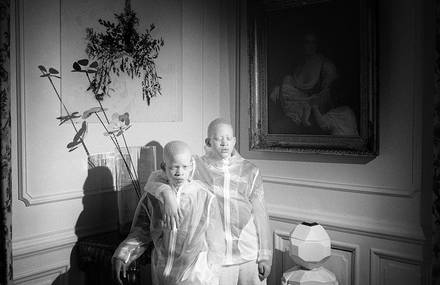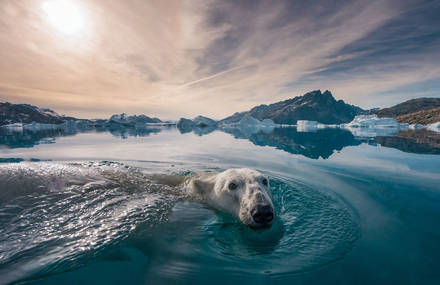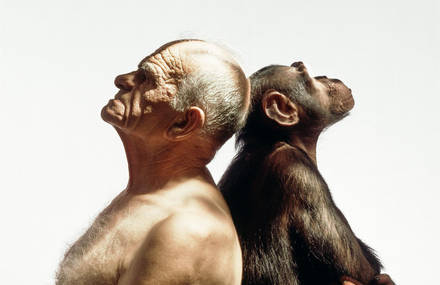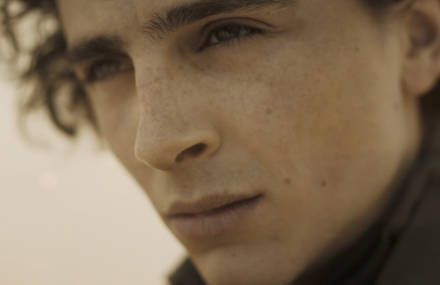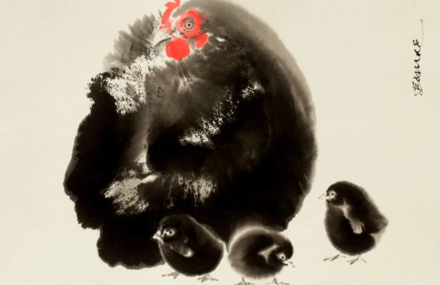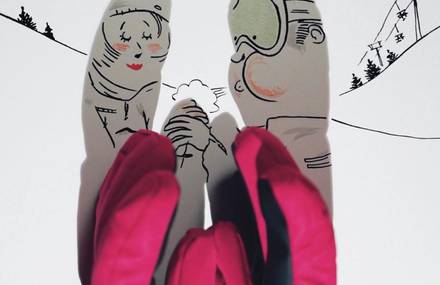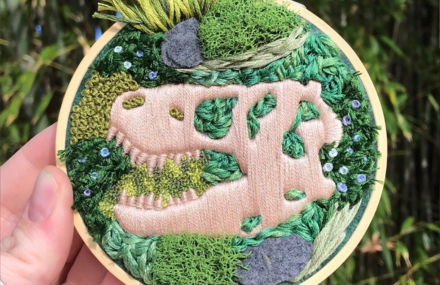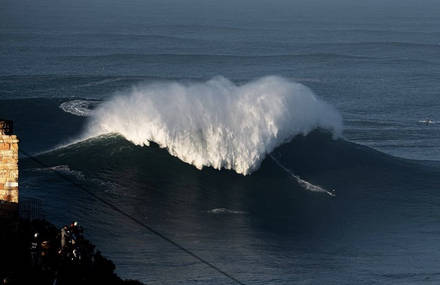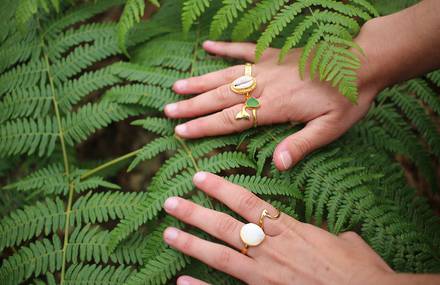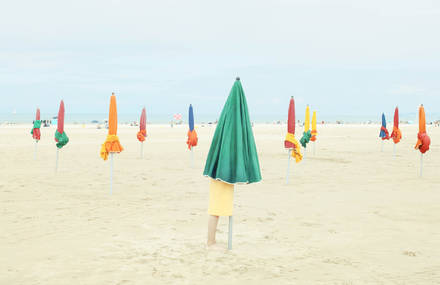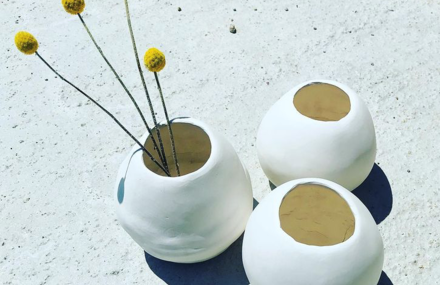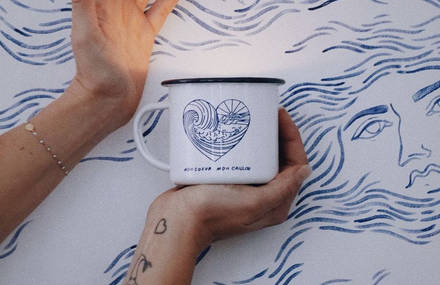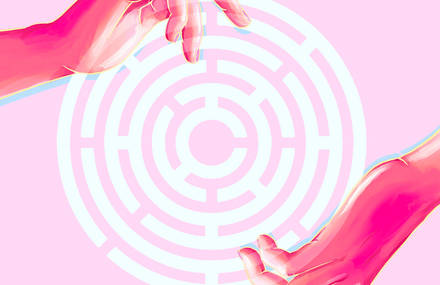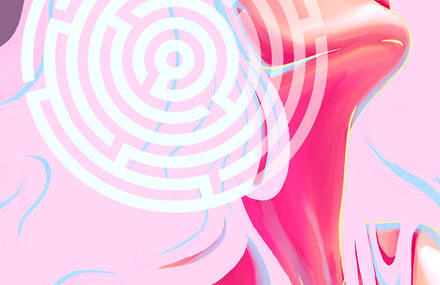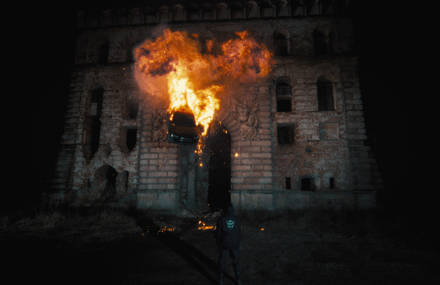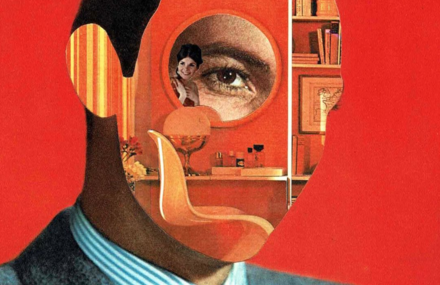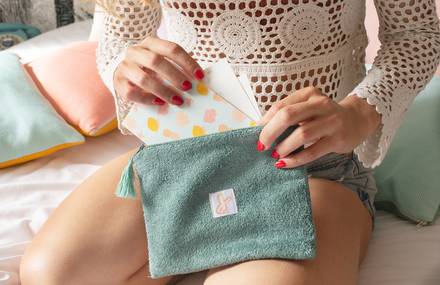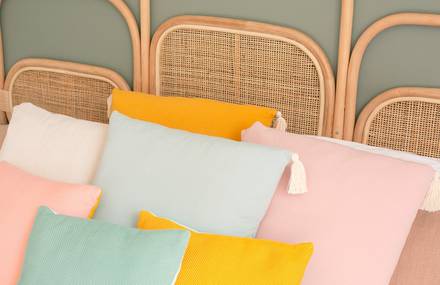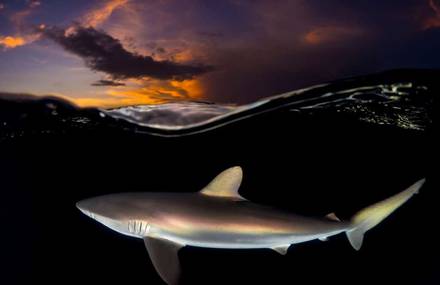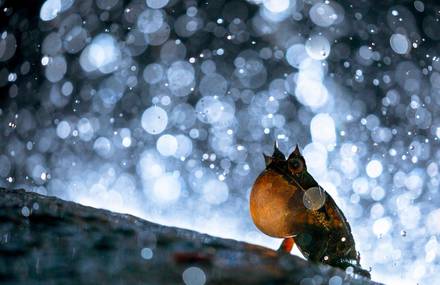For the 9th edition of the Vendée Globe, this non-stop solo round-the-world tour, HUGO BOSS will start the race with a brand new boat IMOCA 60. Skipper Alex Thomson, partner of HUGO BOSS since 2003, will try to win the race aboard this innovative sailboat. In order to develop the visual identity of the boat, Hugo Boss called on the industrial designer Karim Rashid. The patterns, the emphasis on carbon and the unique use of the neon pink color represent the initiatives of the designer acclaimed by HUGO BOSS and the team of Alex Thomson Racing.
For the occasion on Fubiz, here is an exclusive Interview with Karim Rashid, brand identity designer of Hugo Boss new sailboat:
Fubiz: Can you describe yourself and your career as a designer?
Karim: I always find it a bit boastful to talk about myself, I prefer that others describe my career. I have been designing for 37/38 years now. My career really started with my bachelor’s degree in Canada followed by my master’s degree in Italy. I worked in Milan for a short time then returned to Canada and moved to New York. About 27 years ago, I opened my own practice in New York after working with a few other companies. I was pretty determined to create some sort of success. I am so passionate about design and always thought it was such a catalyst for better life, for better human experiences, for the evolution of humanity.
I studied industrial design but around 1999 I got my first interior project. After that I was able to get a restaurant in Philadelphia that was very successful and won many awards. I was then fortunate in 2001 to get a hotel in Athens, Greece called Semiramis. This is what launched my career in interior design and inevitably in architecture. So I started to shape my career in a certain way and it was interesting coming from industrial design because I realized that when you start on small elements, it’s easier to go big than the reverse.
As a person, I am very perfectionist which means living with a lot of dissatisfaction and frustration. But over the years, I’ve learned to get a little easier, let’s say, to put up with, to accept. I look very extravagant on the outside, but on the inside I’m kind of a loner and not a very social person. I like people, but I don’t have that willingness to socialize all the time. My main frustration in the profession is that today we see less innovation, less ideas and more variation. When I work I always try to think about bringing something to market that can make sense with some kind of new twist. Because if not, the big question is: why and do we need more in this world? Especially now we need to be more responsible.
What made you work with Hugo Boss ?
It was really an honor to do this project. You don’t often get the chance to work on a boat. What was good about this boat was the production because everything was new. I was not the only one to conceive this boat but I got involved in the design in order to create a strong image. The key was to find something original there. It was a great opportunity for me to do something that I had never done before. I know very little about sailing so I needed to learn. Alex Thomson taught me a lot, he guided me through the process of what he lives during 90 days on the ocean.
How did you manage to express your creative vision for the Hugo Boss boat?
The opportunity here was to find a kind of branding feeling, a certain graphic way to differentiate Hugo Boss and to put all the elements together. Hugo Boss is a company that creates clothes and textiles so I thought the graphics should be about weaving, and at the same time speed, running, sailing. We managed to find a fabric that has never been used on a sail before, a translucent fabric. When we first photographed the boat we were in London and we could see the London Bridge and the sun passing through the sail. This transparent aspect was magnificent especially because the graphic disappeared and appeared giving it a feeling of dynamic movement.
We discovered new technologies, new materials and new ways. For example, the “Boss” logo was made from carbon fiber while historically on sailing boats they are painted or drawn. Also, we reduced the weight by adding little paint to the boat to make it faster, more efficient.
What were the difficulties and the success of this new project?
There was a fantastic group of engineers working on this boat in England and the difficulty for me was to share some ideas that I had. One of the important roles of the designer is to draw attention to different ideas and ask that we explore the possibility of doing so in order to be innovative.
One of the main difficulties, which may seem superficial, was the pink color that I chose. Pink was never used in these races so my choice was very controversial. I had to somehow convince the Hugo Boss group to accept this color. Beyond that, once the paint was validated, the challenge was to get the right variation of pink. The one on this boat is what I call a pink orange light, it has a lot of orange. We then wanted to paint the mast of the boat with this pink but at first it was difficult to find the same shade and we eventually found out that it added too much weight to the boat. It was therefore necessary to remove the paint from the mast. So it was mostly technical issues like that.
Do you have another upcoming project?
I’m working on a lot of projects at the moment including several hotels around the world and a hospital in Tel Aviv, Israel. I’m also working on the design of a water bottle and a bus shelter in Korea. I have about 10/11 projects at the moment when at the same time last year I had 19. Today I choose projects that I really like and that make a serious contribution to the world. For example, I work for a company that aims to remove all plastic from the ocean. This project is close to my heart because I’ve designed a lot of plastic products over the years (although a lot of them were recyclable) and I think it’s important to clean up the ocean, to clean up the world.
Discover the HUGO BOSS boat universe here.
